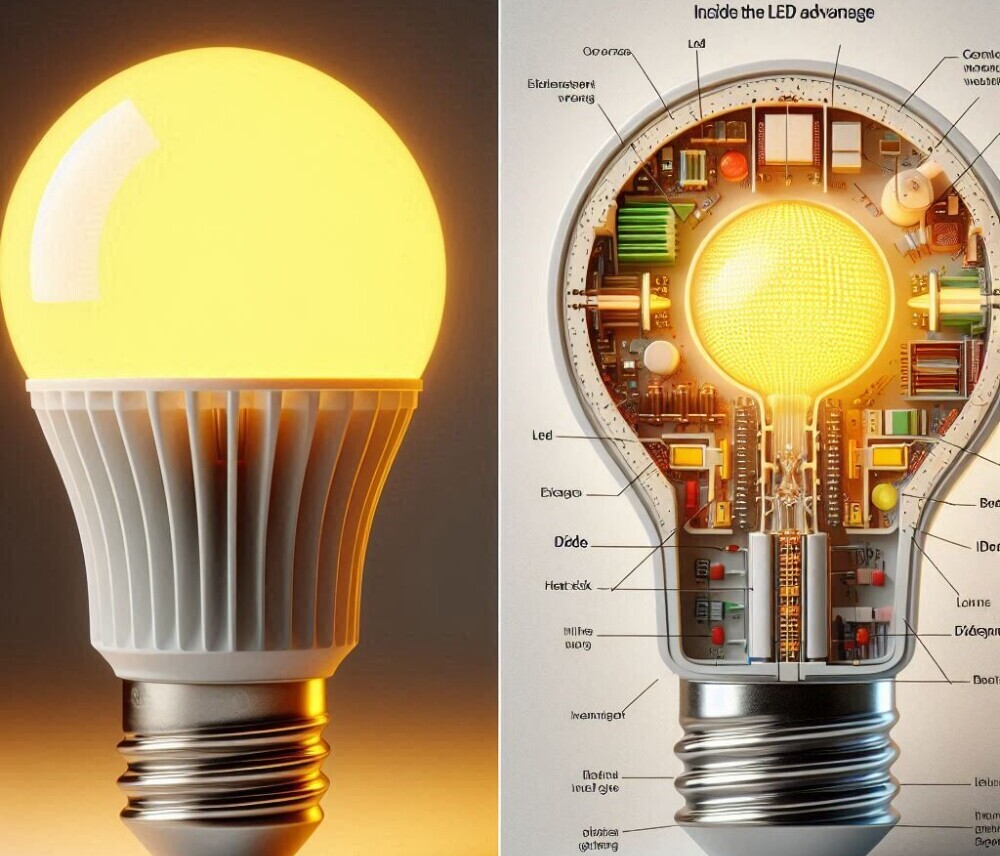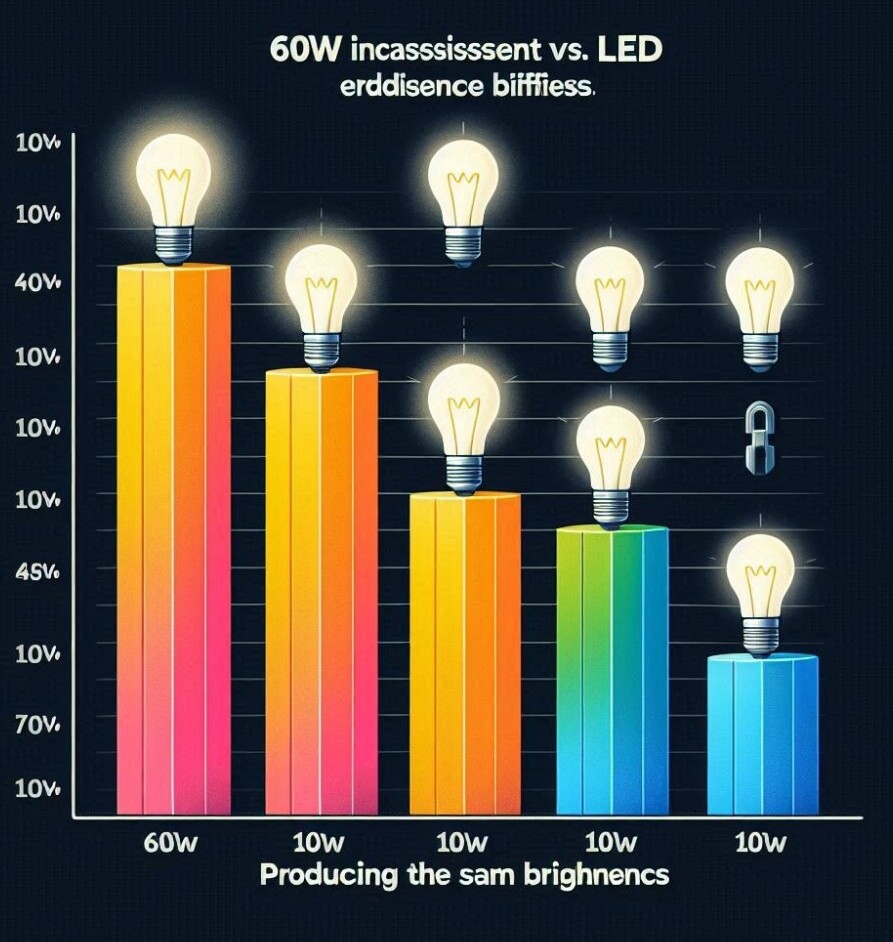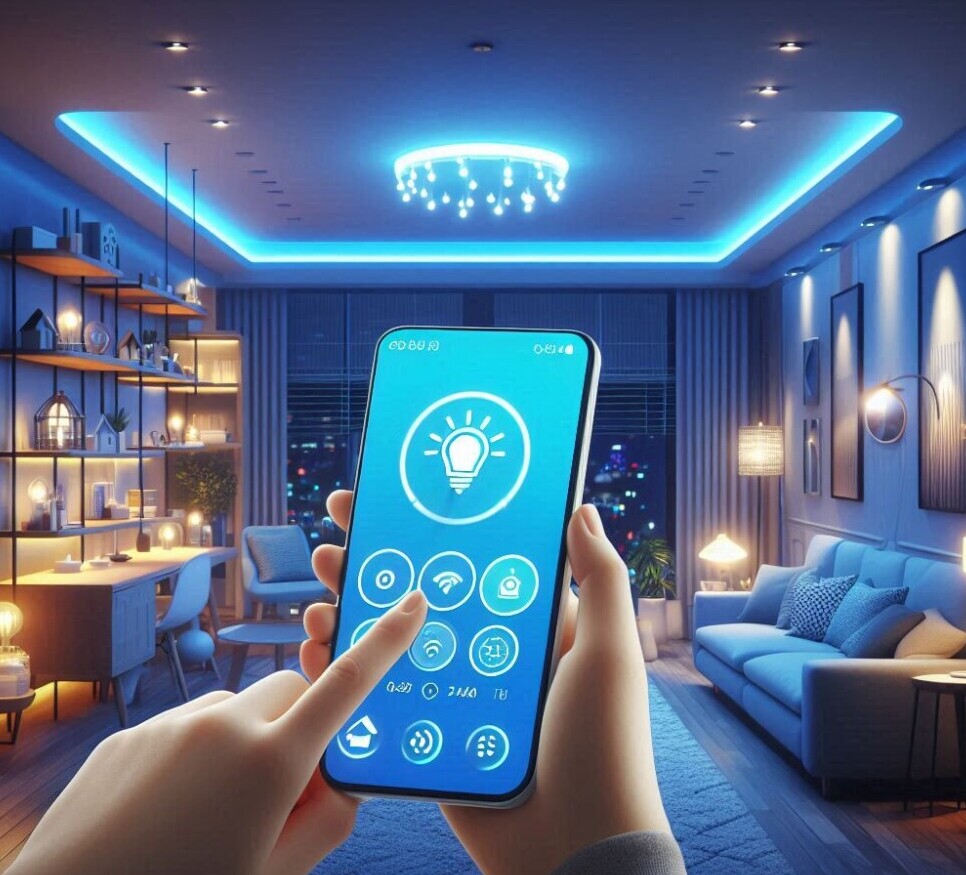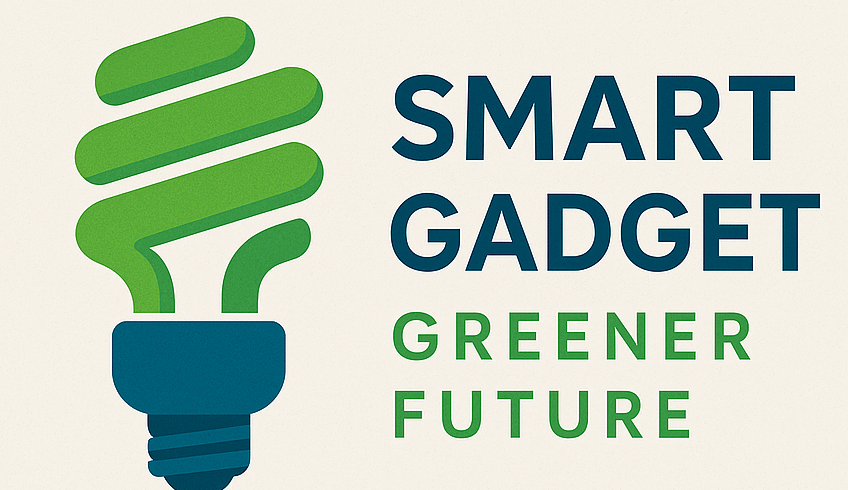
LED lights have become increasingly popular, illuminating everything from our homes to giant billboards. But what exactly makes them tick? At its core, LED stands for Light-Emitting Diode, a highly efficient way to convert electricity into light. Unlike those old-school bulbs that seem hotter than the sun itself, LEDs generate minimal heat thanks to their clever design.
So how do these little diodes shine so brightly and use so little power? It all comes down to their ability to produce light through electroluminescence—a fancy term for the process where electricity creates light directly without heating a filament. This means they’re not wasting energy as heat, making them energy-saving rockstars.
LED technology has been evolving at a breakneck speed. Back in the day, LEDs were mostly found in calculators and tiny indicator lights. Now, not only have they taken over the lighting world, but they’ve also considerably changed how we view energy consumption. LEDs have introduced a whole new wave of energy-conscious choices.
When you stack LEDs against incandescent or even fluorescent lighting, the differences in energy use are massive. While traditional bulbs burn up lots of electricity just to shed a little light, LEDs use their energy sparingly and efficiently, meaning lower electricity bills and fewer greenhouse gases in the atmosphere. LEDs, with their smart design, lead the pack when it comes to saving energy.
The Energy-Saving Power of LEDs: A Deep Dive
LEDs pack a punch in energy efficiency like nothing else out there. They’re designed to use energy wisely, squeezing out the maximum amount of light for every watt of power they gobble up. But what sets them apart is their ability to direct light exactly where it’s needed. This means no energy is wasted lighting up the back of some dark lampshade or the ceiling, unlike traditional bulbs.
Ever wonder why LEDs sip electricity instead of chugging it? The secret is in their solid-state design. They lack the fragile filaments found in incandescent bulbs or the gas chambers of fluorescents. Fewer moving parts and no heat means more energy goes into making light rather than waste.
When it comes down to cold, hard numbers, LEDs save big time. We’re talking up to 80% more efficient than those classic incandescent bulbs and still way ahead of compact fluorescents. Imagine replacing something as simple as a single 60-watt bulb with an LED version that uses just 10 watts for the same brightness. Multiply that across a home or office, and you’re looking at serious savings.

Another beauty of LEDs is their lifespan. Conventional bulbs are notorious for fizzling out when you least expect them, but LEDs are like the marathon runners of the lighting world, often lasting up to 25 times longer than a regular bulb. That means fewer replacements and less energy spent on producing and shipping new bulbs. So, in the grand scheme of things, LEDs are absolute winners in the game of energy conservation.
Environmental Benefits of Switching to LED Lighting
LED lighting isn’t just about slashing energy bills—it’s an eco-warrior too, helping fight climate change every time you flick a switch. One of the standout benefits is the drastic reduction in carbon emissions. Since LEDs use less power, they ease the strain on power plants and, in turn, lower the amount of greenhouse gases released into the atmosphere.
But it doesn’t stop at just saving energy. LEDs help cut down our reliance on those pesky non-renewable energy sources like coal and natural gas. The less electricity needed, the fewer resources we deplete and the less pollution we pump into our skies. Every LED light shining bright is a little victory for the environment.
Another ace in the hole for LEDs is their longevity. They have fewer replacements, which means less waste winding up in landfills. Not having to pop in a new bulb every few months cuts down on packaging waste, too. Small changes like these make a giant difference in our planet’s health over time.
LEDs are pushing cities and towns towards being greener and more sustainable. Urban areas are swapping out old streetlights for LED versions, cutting energy use and reducing the so-called ‘urban heat island’ effect. It’s a nifty way of making a tangible impact, one streetlamp at a time. Switch to LEDs, and you’re not just saving money, you’re giving the planet a helping hand.
Understanding the Economic Impact: Cost-Effectiveness of LEDs
Switching to LED lighting is like investing in a high-yield savings account for your home or business. There’s an upfront cost, sure, but the long-term savings take the sting out of the initial price tag. LEDs are not just cheaper to run, but they’re also tougher and last longer, reducing replacement frequency and costs.
When you think about maintenance, LEDs practically win by a knockout. Many traditional lighting systems need regular bulb changes and plenty of TLC. LEDs, with their robust design and longer lifespan, eliminate a lot of those repetitive tasks, meaning fewer trips up the ladder or calls to the maintenance technician.
Governments are on the LED bandwagon, too, offering all sorts of incentives to get people to make the switch. From tax rebates to subsidy programs, these perks help ease the initial investment in LEDs, making them an even sweeter deal for both residential and commercial users.

All these factors contribute to LEDs being adopted at schools, hospitals, and corporate offices faster than ever. And why not? The savings on energy bills alone make them an attractive proposition, but add in the environmental and maintenance benefits, and it’s easy to see why LEDs are lighting the way forward across industries.
Lighting the Future: Innovation and Advancements in LED Technology
LED technology isn’t standing still. It’s moving fast-forward, bringing smarter, more efficient lighting to every corner of our lives. Companies are tinkering with new ways to make LEDs even more efficient, aiming to squeeze out every lumen possible with the least energy.
Integrating smart tech with LED lighting systems is becoming mainstream. Think motion sensors, time schedules, and even apps that let you control your lights from anywhere in the world. This enhanced control means you can optimize energy use down to the last watt, completely based on your needs and habits.

LEDs are breaking out beyond our homes and offices. They’re showing up in agriculture, where specialized spectrum LEDs are helping plants grow more efficiently. They’re transforming transportation, providing brighter, more reliable lighting solutions from cars to airplanes, making travel safer and more energy-efficient.
With all this innovation, it’s clear LEDs are not just a trend but the future of lighting. They promise a sustainable path forward, and as tech advances, the possibilities grow even brighter. Investing in LEDs today means more than just saving energy—it’s about embracing a future where technology and the planet coexist harmoniously.
